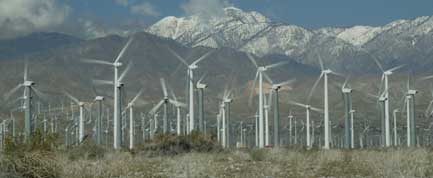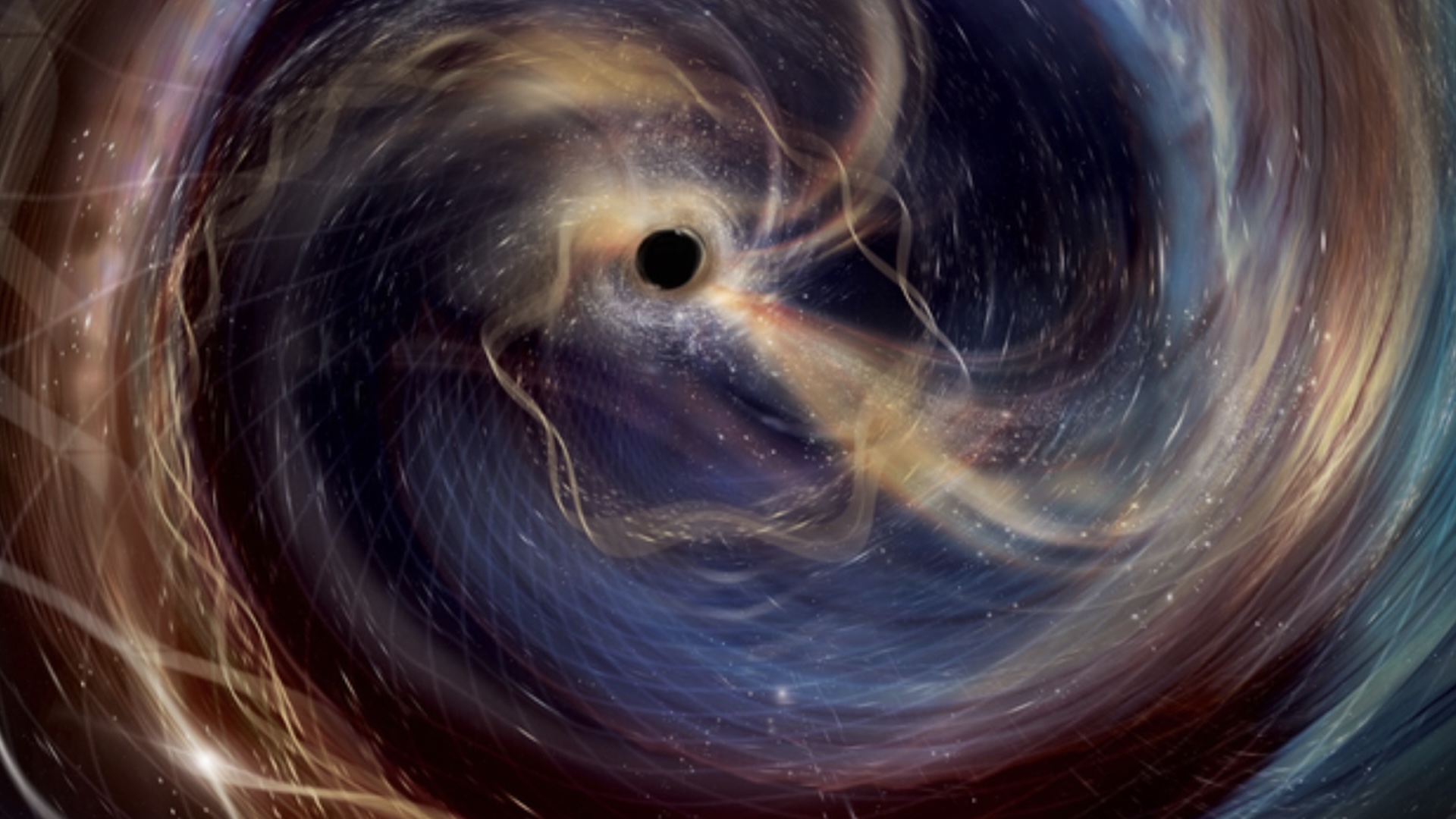The Energy Debates: Wind Farms

Editor's Note: "The Energy Debates" is a LiveScience series about the pros, cons, policy debates, myths and facts related to various alternative energy ideas. We invite you to join the debate by commenting directly on each article. The Facts Wind farms harness the wind's energy to generate electricity. Wind energy actually comes mainly from the sun. When solar energy heats up the atmosphere, hot air rises while cooler air swirls down to replace it. This movement results in wind. Wind turbines possess massive rotors typically 160 to 300 feet (48 to 91 meters) in diameter. A wind turbine inland can generate 1.5 to 2.5 megawatts, while one located offshore amid mighty coastal winds could reach 5 megawatts, although constructing turbines in the water and keeping them up in the face of ocean waves and corrosive seawater presents challenges. Altogether, banks of turbines on a wind farm can produce anywhere from 100 to 800 megawatts. The United States is now the world's largest generator of wind energy, producing roughly 18,000 megawatts of electricity from the wind, enough to power up to 5.4 million average U.S. homes. By 2030, the Department of Energy predicts that as much as one-fifth of the nation's power might come from wind. Other nations are currently ahead of the United States in this regard, at least on a per capita basis. Denmark, for instance, already gets 20 percent of its energy from wind. Pros The wind is a clean, inexhaustible source of energy. "It's the most cost-competitive renewable energy source right now. It's even competitive right now with fossil fuels, given how the price of oil has risen," said John Rogers, a senior energy analyst at the Union of Concerned Scientists, a science advocacy group. "It's also emits no carbon dioxide, so it won't help warm the Earth." Wind is also a domestic source of energy, "so we don't have to rely on abroad for our energy needs," Rogers added. "The need to build wind farms could create jobs. It could also mean revenue for landowners that host these wind farms. A lot of wind farms are going into regular farm areas, which as we know could use the extra income." Cons A major concern regarding wind farms is that they shred birds and bats flying into them. The turbines’ presence could also fragment the ecosystems they are placed in. "Obviously, the major reason we'd want wind farms is to help stave off the tremendous impact on humanity and the natural environment that global warming can have, so it's a question of balance about what impacts wind energy will have compared with fossil fuels," Rogers said. "But there are ways to find proper sites for wind farms to avoid, minimize or compensate for the impact it might have on wildlife." Another criticism of wind farms is that winds do not blow all the time, making wind power erratic. "While wind power is intermittent, it is in general quite reliable," Rogers said. Other fuel sources can be used to fill in the gaps while the wind is not blowing, and new technology is emerging to store energy from wind power to deliver it when needed, in the form of batteries or compressed air. The local and global climate might also be affected by wind farms, some research has found. Finally, some residents say that wind farms are eyesores, and as such, can impact tourism. "I say beauty is in the eye of the beholder," Rogers said. "Some think the turbines are beautiful kinetic sculptures. And studies are generally showing wind farms have no negative impact on tourism, and in some cases there's positive impact. For example, Danish towns with offshore wind farms have attracted tourists." What do you think?
- Vote: The Best Alternative Energy Idea
- The Energy Debates: Can We Change?
- Video: Change in the Wind - Power From Thin Air?
- Top 10 Emerging Environmental Technologies
Get the world’s most fascinating discoveries delivered straight to your inbox.

